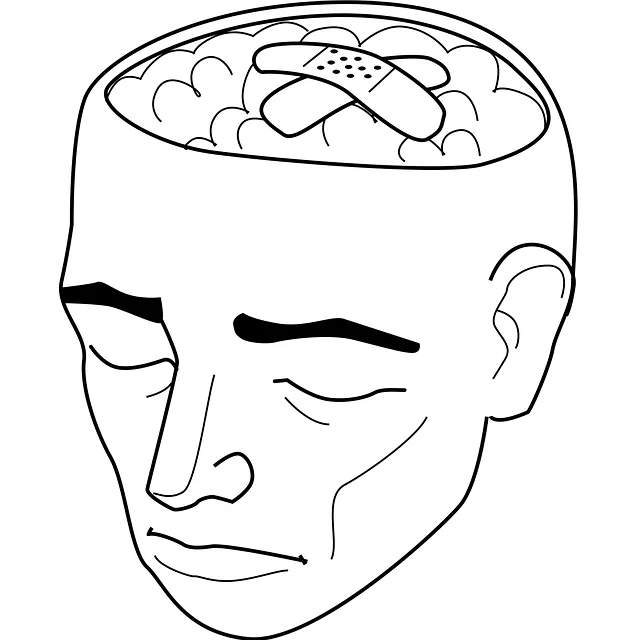Public awareness campaigns, modeled after superior inpatient mental health services like those offered by Kaiser, are key to shaping societal attitudes and behaviors towards mental health. These initiatives educate the public, reduce stigma, promote early intervention, and improve access to care through diverse media channels. Effective programs tailor strategies to community needs, integrating stress reduction methods, open communication, and resilience-building activities. Kaiser's inpatient mental health services stand out for their comprehensive approach, combining superior care with educational initiatives that foster open dialogue, coping skills development, and a supportive societal landscape.
Public awareness campaigns play a pivotal role in shaping societal attitudes and behaviors, with significant impacts on various issues, including mental health. This article delves into the development of such campaigns, exploring their crucial role in educating and engaging communities. We present strategies for creating effective mental health initiatives, highlighting successful examples like Kaiser’s inpatient programs. By examining these approaches, we aim to illuminate how organizations can foster public awareness and improve mental well-being, potentially revolutionizing healthcare access and outcomes.
- Understanding Public Awareness Campaigns: Their Role and Impact
- Strategies for Developing Effective Mental Health Initiatives
- Case Study: Kaiser's Inpatient Mental Health Programs and Public Engagement
Understanding Public Awareness Campaigns: Their Role and Impact

Public awareness campaigns play a pivotal role in shaping societal perceptions and behaviors regarding various issues, including mental health. These initiatives aim to educate and inform the public about specific topics, fostering understanding and encouraging positive actions. In the context of mental health, campaigns can be powerful tools for reducing stigma, promoting early intervention, and advocating for better access to care. By reaching a wide audience, they have the potential to impact individuals’ mental well-being on a grand scale, much like the comprehensive programs offered by leading institutions like Kaiser in their inpatient mental health services.
The effectiveness of these campaigns lies in their ability to convey complex information in accessible formats. They can utilize diverse media channels, from traditional advertising to social media and community events, to ensure messages reach diverse populations. For instance, designing Mental Health Awareness campaigns that focus on Mood Management strategies can empower individuals to take charge of their mental health proactively. These campaigns contribute significantly to the broader goal of improving mental health literacy and ensuring that people have the tools to navigate and seek support for their psychological well-being.
Strategies for Developing Effective Mental Health Initiatives

In developing effective mental health initiatives, it’s crucial to understand that each campaign should be tailored to address specific needs within diverse communities. Organizations like Kaiser, with superior inpatient mental health services, can serve as models for comprehensive programs. The key lies in integrating various strategies such as Stress Reduction Methods, which can be delivered through workshops or online platforms, making mental wellness accessible to a broader audience. Additionally, focusing on Communication Strategies is vital; open dialogues encourage individuals to seek help and foster a supportive environment.
Building Resilience is another powerful tool in mental health advocacy. By empowering people with skills to navigate challenges, these initiatives can prevent severe episodes. Incorporating resilience-building activities in schools, workplaces, and community centers equips individuals with the resources needed to manage stress, anxiety, or depression effectively. Tailoring programs to include diverse cultural perspectives ensures relevance and effectiveness, leading to better mental health outcomes for all.
Case Study: Kaiser's Inpatient Mental Health Programs and Public Engagement

Kaiser’s Inpatient Mental Health Programs stand out as a compelling case study for effective public awareness and engagement strategies. The healthcare giant has been at the forefront of Mental Illness Stigma Reduction Efforts, utilizing its resources to not only provide superior inpatient mental health services but also educate the public on recognizing and addressing mental health issues. Through interactive workshops, peer support groups, and comprehensive therapy sessions, Kaiser fosters an environment that encourages open dialogue about mental well-being.
One of their innovative approaches is integrating Coping Skills Development and Conflict Resolution Techniques into daily routines, empowering patients with practical tools to manage stress and navigate interpersonal challenges. By involving both patients and the broader community in these initiatives, Kaiser not only improves individual outcomes but also contributes to a more supportive societal landscape where mental health is prioritized and understood.
Public awareness campaigns, as highlighted in this article through the case study of Kaiser’s inpatient mental health programs, play a pivotal role in shaping societal perceptions and behaviors towards mental health. By employing strategic initiatives that resonate with diverse audiences, organizations like Kaiser can foster superior public engagement, reduce stigma, and ultimately improve access to care. Integrating evidence-based practices and leveraging various communication channels are key to developing impactful campaigns that drive positive change in mental healthcare.






